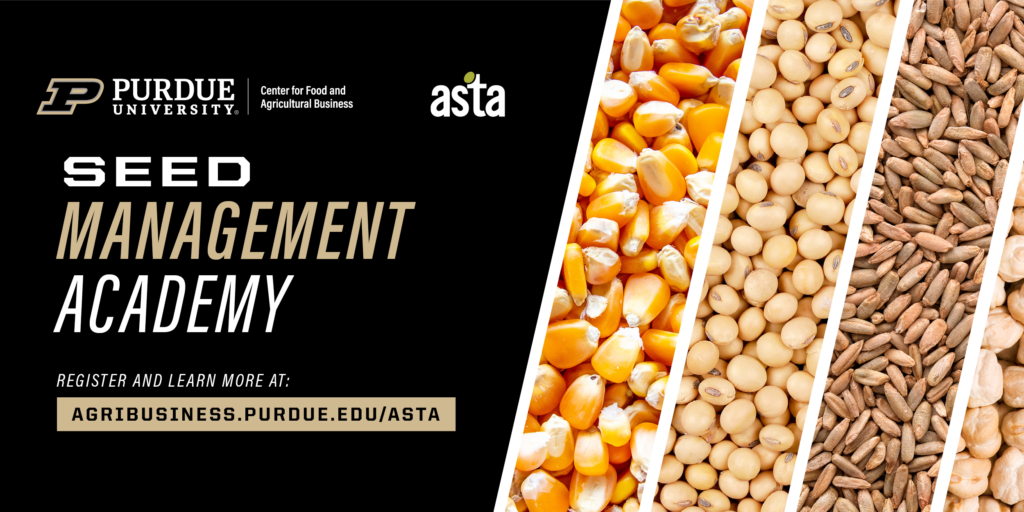 This summer, I’ve been working with graduate student Chelsea Fullerton in partnership with Farm Journal and Justin Funk of Agri Studies, Inc., to study how decision making changes across generations on family farms. It has been fun research and I’m looking forward to sharing it for the first time at the National Conference for Food and Agribusiness in November.
This summer, I’ve been working with graduate student Chelsea Fullerton in partnership with Farm Journal and Justin Funk of Agri Studies, Inc., to study how decision making changes across generations on family farms. It has been fun research and I’m looking forward to sharing it for the first time at the National Conference for Food and Agribusiness in November.
Some of our observations have me thinking about the decision process for purchases and how that potentially changes across generations.
The basic decision process starts with a farm’s strategy or business model. I like to think of strategy as the answer to three questions:
- Where are we now?
- Where do we want to be?
- How will we use our resources to get there?
Every purchase is an effort to fulfill some gap between where the buyer is and where they want to be. Every purchase. This is why we spend so much time here at the Center for Food and Agricultural Businesshelping salespeople develop tools to better understand customers. The word we use for the gap between where the buyer is and where they want to be is “need.”
Meeting a need
Once a buyer has a need, they begin to search for information on how best to satisfy it—how best to bridge the gap between where they are where they want to be. This search entails three factors: what suppliers might be considered, what options exist for satisfying the need, and what criteria should be used to evaluate choices.
The search can be thorough or very brief, depending on the situation. During this phase, the buyer has to determine the trustworthiness of the information they receive. This means estimating the bias of the source and knowing that most sellers will only present their product’s best potential.
With this information, buyers go through a process of evaluating various combinations of suppliers, options and criteria. This process includes a weighting of the importance of each criteria and then comparisons made between these combinations. The “best” option is usually selected. Some of these criteria and weights are consciously included in the analysis and some of them aren’t. They can even be in conflict, which can make the evaluation process really difficult.
Fear of the unknown
The process is even more complex because the buyer rarely knows exactly the results they will receive with any outcome. The entire evaluation is based on perceptions, guesses really, about what will happen in the future. Even if a product has been purchased before, future performance will be taking place in a different environment.
Making a single choice is often the scariest part of the decision process. This step eliminates all the other possibilities. Even if the decision includes splitting the sale across different suppliers, there are risks with the decision.
Evaluating the decision
Finally, after the decision is made, a buyer continues to consider whether it was the right decision. This begins almost immediately. In agriculture, where the results may take several months to see, the evaluation of the decision lasts quite a long time and the outcome may be influenced by many factors, often weather related. The buyer goes through a mental process called “attribution,” in which he or she works to identify variance between the performance they got versus what they thought they would get. For products that are purchased regularly, this analysis becomes input into the information search the next time a decision is made.
To some degree, this basic approach is used by each person impacted by the buying decision. It gets complicated on a family farm, where more than one buyer is involved in the purchase. Their decision processes have to be reconciled, or assigned to only one member of the farm to make the purchase. Our basic research question is how this reconciliation or assignment process takes place as a new generation is impacted by the decision. We can’t answer every question about how the processes differ, but we hope to be able to identify different strategies farms may use for dealing with different evaluations across different products.
Our hypothesis is that the younger generation will typically begin their decision making by taking responsibility for making decisions about lower risk products. We’re finding that this may not be true. Often the younger generation may be heavily involved in marketing, for example. Why? We can only speculate at this point, but it may have to do with higher levels of education among younger generations. We’re continuing to analyze this and other questions and look forward to sharing our findings in November.
:



